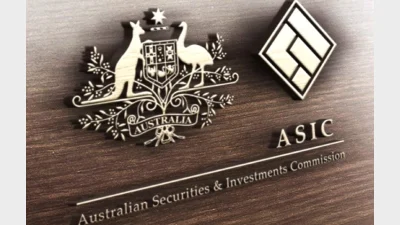AustralianSuper set to tighten grip on industry as retail funds fall behind



AustralianSuper is poised to cement its leadership in the superannuation landscape over the next five years, with fresh research forecasting a sharp shift in the sector’s power dynamics.
WTW’s latest superannuation report revealed that the merger-fuelled growth seen in recent years is expected to taper off as fewer viable targets remain, placing the spotlight firmly on organic growth as the key driver of long-term success.
The report identified Rest, Hostplus, and HESTA as standout performers in this new era, benefiting from strong inflows driven by workforce expansion and the impact of stapling reforms.
Rest is projected to move up five positions, from 12 to seven in the firm’s fund rankings, over the next five years, while Cbus and HESTA are tipped to jostle for the eighth position.
CareSuper and Equip Super are also expected to rise in the rankings, partly due to announced mergers with Spirit Super and TelstraSuper, respectively.
With strong organic growth, AustralianSuper is expected to remain Australia’s largest superannuation fund in five years’ time and if anything, increase its dominance of the industry.
In general, WTW said, retail funds are projected to decline in the rankings, with funds such as Retirement Portfolio Service (which includes various ANZ products), CFS First Choice, Macquarie, Asgard, Wealth Personal, and AMP Super all expected to drop between two to six positions over the next five years.
The notable exception to this trend is HUB24, which is projected to climb eight positions over the next five years based on their current organic growth levels, following a climb from 25th to 22nd over the year to 30 June 2024.
Other notable retail funds on the rise include Australian Ethical Retail Superannuation Fund, which is expected to rise six positions to break into the top 30 funds.
Looking at the industry as a whole, WTW highlighted “significant changes” for small and medium funds over the five-year period to 30 June 2024, with a 55 per cent reduction in the number of funds with FUM under $50 billion.
This, it said, has resulted in the further consolidation of assets among the large funds, which now control 80 per cent of superannuation assets, up from 63 per cent at 30 June 2019.
Recommended for you
The Gateway Network Governance Body has unveiled a detailed roadmap to guide the superannuation industry through the upcoming Payday Super reforms.
CPA Australia urges the ATO to extend compliance support for small businesses facing major system changes ahead of Payday Super reforms.
Superannuation funds ramp up collective efforts to counter rising cybercrime, updating standards and sharing intelligence across the industry.
The regulator has fined two super funds for misleading sustainability and investment claims, citing ongoing efforts to curb greenwashing across the sector.









